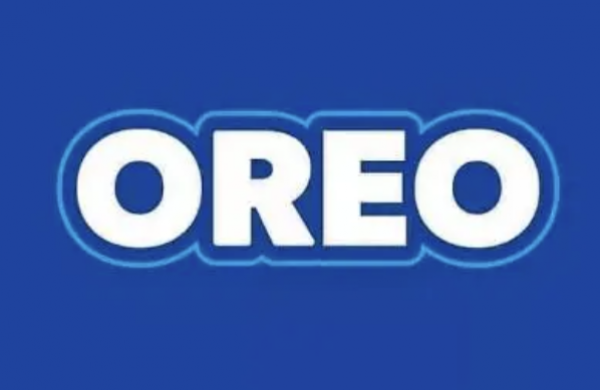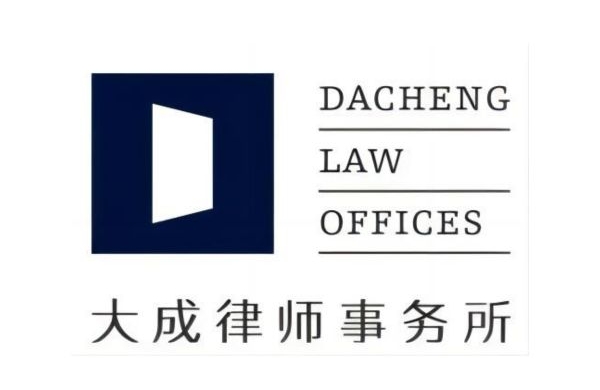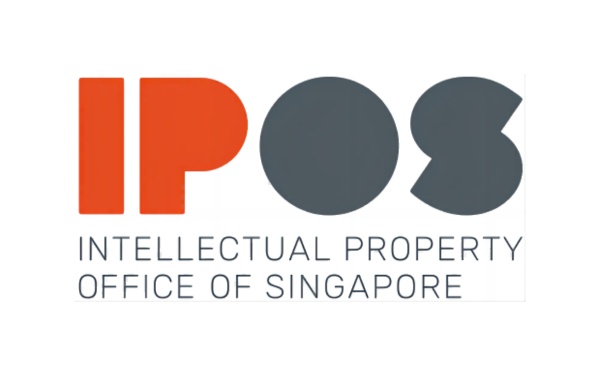Did not receive verification mail? Please confirm whether the mailbox is correct or not Re send mail

Vapor
- 2021-08-20 13:02:30
A Nutshell of USPTO’s Proposed New Rules to Implement the Trademark Modernization Act
Two (2) new ex parte proceedings to cancel trademark registrations for non-use, their timing, standing, content, and fee requirements. A new ground for cancellation of a trademark registration before the Trademark Trial and Appeal Board (“TTAB”). Expanded Letter of Protest practice. Shorter response times for office actions. Attorney recognition until revocation or withdrawal.
Court orders concerning trademark registrations.
Timing for Request for Expungement and/or Reexamination:
Between 3 and 10 years following the date of registration, with exceptions:
Institution of an expungement proceeding will be allowed for a registration that is at least 3 years old, regardless of the 10-year limit, if instituted before December 27, 2023.
Institution of a reexamination proceeding during the first 5 years following the date of registration, if instituted before December 27, 2023.
Standing for Requesting Expungement and/or Reexamination:
The TMA and the USPTO does not anticipate requiring real-party-in-interest information from the petitioner.
The USPTO is seeking comments on whether and when the Director should require a petitioner to identify the name of the real party in interest on whose behalf the request is filed.
Content in Petitions for Expungement and/or Reexamination:
A petitioner is required to file a complete Notice of Petition through the USPTO’s Trademark Electronic Application System (TEAS).
If the petitioner is not domiciled in the U.S., they are required to file the petition through a U.S. attorney.
The petitioner is required to specify the to-be-affected registration number, their basis for the request, and elements of reasonable investigation conducted in the Notice of Petition.
The petitioner is required to provide clear and legible copy of all documentary evidence supporting a prima facie case of nonuse of the mark in commerce and an itemized index of such evidence.
The petitioner is required to pay $600, per class, for a petition for expungement or reexamination.

Source:iprdaily.com
Author: B. Brett Heavner and Yinfei Wu
Brett Heavner is a Partner of Finnegan, Henderson, Farabow, Garrett & Dunner, LLP Washington DC office. Yinfei Wu is an attorney of Finnegan, Henderson, Farabow, Garrett & Dunner, LLP Washington DC office.
The original title:A Nutshell of USPTO’s Proposed New Rules to Implement the Trademark Modernization Act
The Notice proposes that the USPTO implement the following new procedures:
New Ex Parte Proceedings
We summarize below the proposed requirements for petitioning for these proceedings, including the timing, standing, content, and fee requirements for their institution:
If the petitioner fails to include any of these contents in the Petition, the USPTO will allow a 30-day period for the petitioner to perfect the Notice of Petition.
New Non-Use Ground for Cancellation
The TMA allows a party to allege that a mark has never been used in commerce as a basis for cancellation before the TTAB. This ground will be available at any time after the first 3 years from the registration date.
Expanded Letter of Protest
The USPTO is not planning to change the current $50 per Letter-of-Protest fee requirement.
3-Month Office Action Response Periods
However, the USPTO is seeking comments on two alternatives to the procedures described above. One alternative under consideration is a 2-phase examination system, with each phase having separate shortened, but extendable, response periods. The other alternative under consideration is to set the initial period for responding to an Office action at two months but to allow applicants to file a response in the third, fourth, fifth, or sixth month after issuance of the Office action by submitting an extension request and fee payment along with the response.
Attorney Recognition
Accordingly, to end attorney recognition by the USPTO under the proposed rule, owners and attorneys will be required to proactively file an appropriate revocation or withdrawal document.
Court Order
Finally, the USPTO proposes to add a new rule formalizing the USPTO’s longstanding procedures concerning action on court orders cancelling or affecting a trademark registration. These practices are currently provided under § 1610 of the Trademark Manual of Examining Procedure, where the USPTO requires submission of a certified copy of the court order and normally does not act on such orders until the case is finally determined.
[1] https://public-inspection.federalregister.gov/2021-10116.pdf
Source:iprdaily.com
Author: B. Brett Heavner and Yinfei Wu
Brett Heavner is a Partner of Finnegan, Henderson, Farabow, Garrett & Dunner, LLP Washington DC office. Yinfei Wu is an attorney of Finnegan, Henderson, Farabow, Garrett & Dunner, LLP Washington DC office.
Editor:IPRdaily-Double
- I also said the two sentence
- Also you can enter 140words
 PurpleVine Successfully Assists Client in Invalidating Sisvel US Patent
PurpleVine Successfully Assists Client in Invalidating Sisvel US Patent Chang Tsi & Partners Successfully Represents Wuxi's First Intellectual Property Civil Case Attached to Criminal Case
Chang Tsi & Partners Successfully Represents Wuxi's First Intellectual Property Civil Case Attached to Criminal Case China Monthly Antitrust Update: February 2024
China Monthly Antitrust Update: February 2024 IPOS was publishing a legal decision involving the trademark of tech giant, Google
IPOS was publishing a legal decision involving the trademark of tech giant, Google


